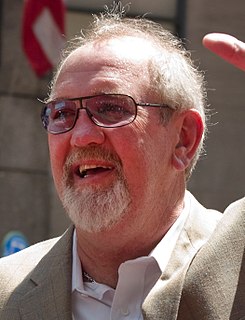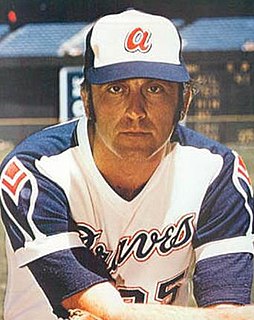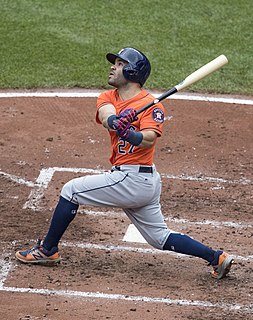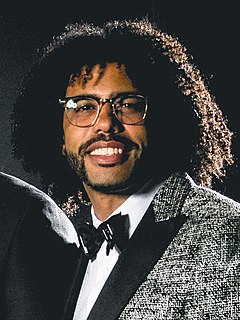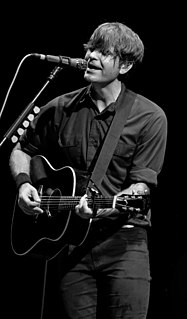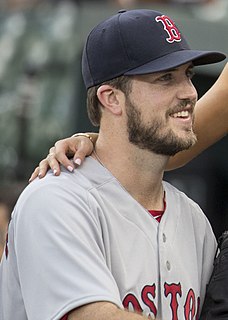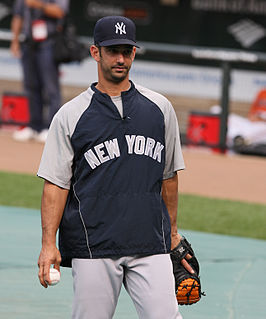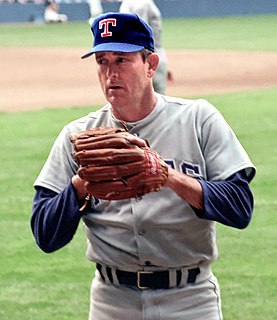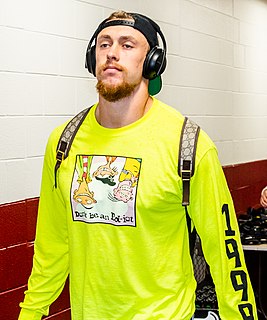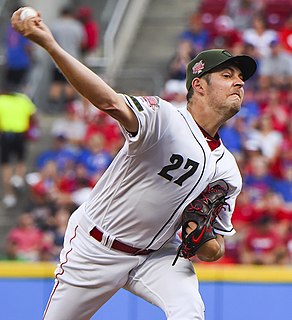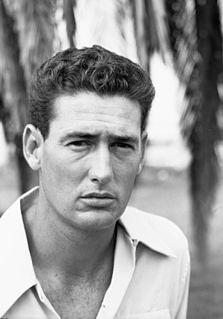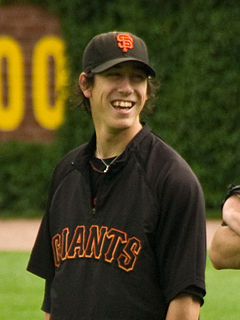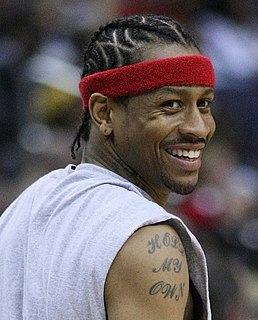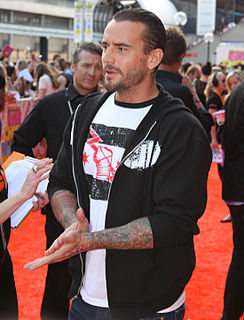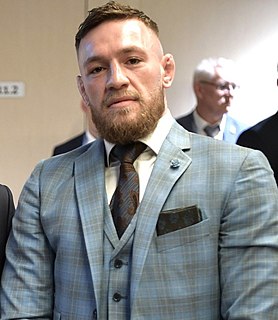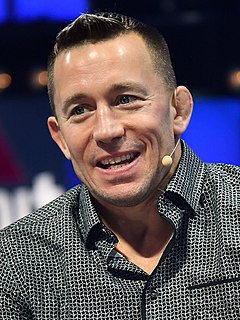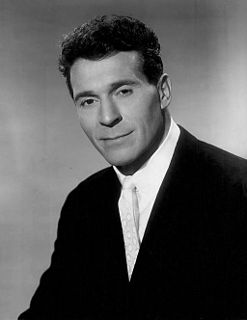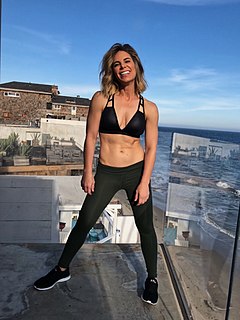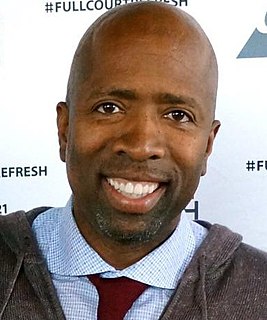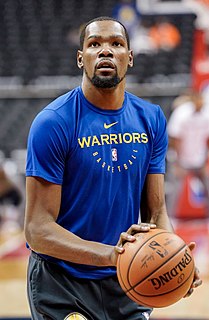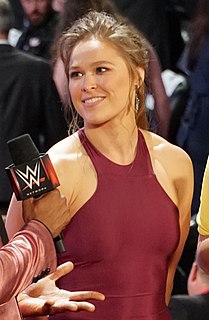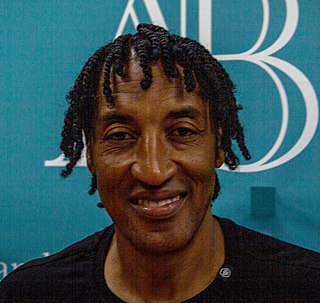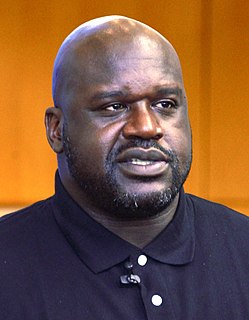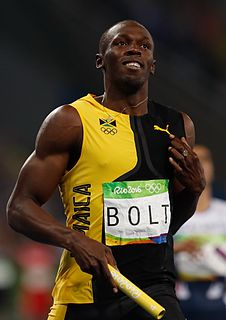A Quote by Bruce Sutter
I feel like a pioneer with the split-fingered fastball. I was the first one to really throw it pretty much 100 percent of the time. It was a pitch that I had to have. If I didn't have it, I wouldn't have been in the big leagues.
Related Quotes
Oftentimes, it feels like we spend so much of our life waiting to make art, waiting for somebody to let us do something. You don't really have to do that. You can make it all the time. And 99 percent of the time, it's not going to be a big deal on a global scale. But 100 percent of the time, it's going to make you feel amazing.
I threw a lot more curveballs in college and the minor leagues. Up here, they're looking for that pitch. A curveball is more recognizable out of the hand than a fastball or changeup. They're taking them or hitting the mistakes I make with them. I don't want it to be so recognizable. I'll have to work with that because that was my pitch.
